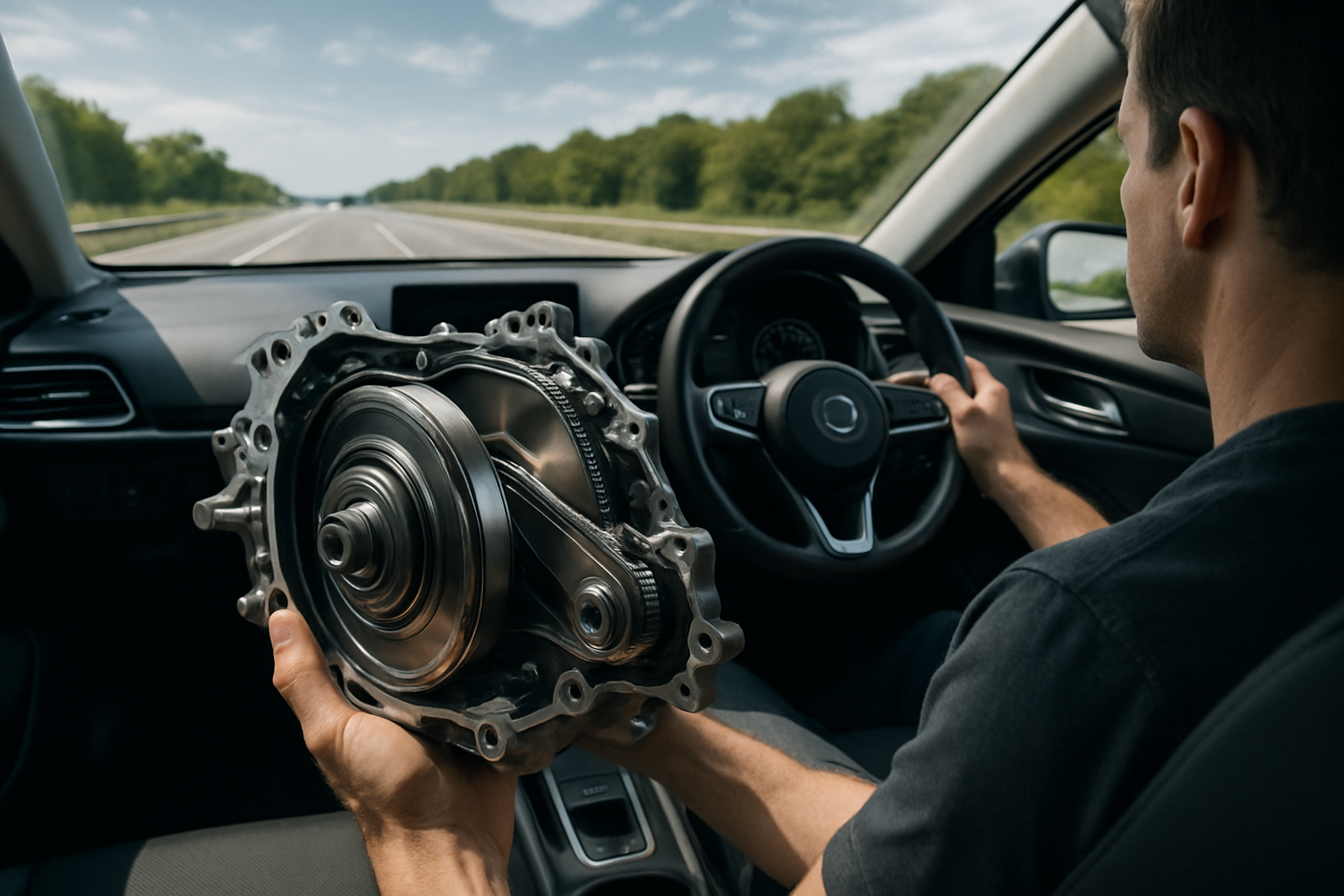Hydraulic Steering: The Unsung Hero of Automotive Control
The gentle hum of a well-tuned engine, the sleek lines of a beautifully designed body, and the exhilarating rush of acceleration often steal the spotlight in the automotive world. But beneath these attention-grabbing features lies an unsung hero that has been quietly revolutionizing our driving experience for decades: hydraulic steering. This ingenious system, which harnesses the power of fluid dynamics, has been the backbone of precise vehicle control and driver comfort for generations of motorists.

The Origins of Hydraulic Steering
The story of hydraulic steering begins in the early 20th century when the automotive industry was still in its infancy. As vehicles became more powerful and heavier, the need for a steering system that could reduce driver effort and improve control became apparent. The first power steering systems were developed in the 1920s, but it wasn’t until the 1950s that hydraulic power steering began to gain widespread adoption.
Chrysler Corporation was among the pioneers, introducing the first commercially available hydraulic power steering system in the 1951 Chrysler Imperial. This innovation marked a significant turning point in automotive design, promising to make driving more accessible to a broader range of people, including those who might have struggled with the physical demands of manual steering.
The Mechanics Behind the Magic
At its core, hydraulic steering operates on a simple yet ingenious principle: using fluid pressure to assist in turning the wheels. The system consists of several key components, including a pump, hydraulic lines, a steering gear, and a hydraulic cylinder. When the driver turns the steering wheel, the pump pressurizes the hydraulic fluid, which is then directed through the steering gear to the hydraulic cylinder. This cylinder is connected to the steering linkage, providing the necessary force to turn the wheels with minimal effort from the driver.
The beauty of this system lies in its ability to provide variable assistance based on the vehicle’s speed and the driver’s input. At lower speeds, when more steering effort is typically required, the system provides more assistance. As the vehicle’s speed increases, the assistance is reduced, allowing for better road feel and control at higher velocities.
Advancements in Hydraulic Steering Technology
Over the years, hydraulic steering systems have undergone significant improvements. Engineers have focused on enhancing efficiency, reducing weight, and improving overall performance. One notable advancement is the introduction of variable-assist power steering, which adjusts the level of assistance based on factors such as vehicle speed, steering angle, and even road conditions.
Another important development has been the integration of hydraulic steering with electronic control systems. This marriage of hydraulics and electronics has led to more sophisticated steering systems that can adapt to different driving conditions and even integrate with other vehicle safety systems, such as electronic stability control.
The Impact on Vehicle Design and Performance
Hydraulic steering has had a profound impact on vehicle design and performance. By reducing the effort required to steer, it allowed for the development of larger, heavier vehicles without compromising maneuverability. This technology has been particularly crucial in the evolution of trucks and SUVs, enabling these larger vehicles to offer handling characteristics more akin to smaller passenger cars.
In the realm of performance vehicles, hydraulic steering has played a vital role in enhancing driver control and feedback. Sports car manufacturers have fine-tuned their hydraulic systems to provide the perfect balance of assistance and road feel, allowing drivers to push their vehicles to the limit with confidence.
Challenges and Future Prospects
Despite its many advantages, hydraulic steering is not without its challenges. The system requires regular maintenance, including fluid checks and replacements. It also adds weight to the vehicle and can be a source of power loss, as the pump is constantly running, even when steering assistance is not needed.
These challenges have led to the development of alternative technologies, such as electric power steering (EPS). While EPS systems offer advantages in terms of efficiency and packaging, many automotive enthusiasts and experts still prefer the feel and response of a well-tuned hydraulic system, particularly in performance applications.
Looking to the future, hydraulic steering is likely to remain a significant player in the automotive world, especially in heavy-duty vehicles and high-performance applications where its robust nature and fine control are highly valued. Ongoing research and development are focused on creating more efficient hydraulic systems, potentially incorporating advanced materials and smart fluid technologies to further enhance performance and reduce energy consumption.
The Enduring Legacy of Hydraulic Steering
As we look back on the history of automotive technology, hydraulic steering stands out as a true game-changer. Its introduction transformed the driving experience, making it more accessible, comfortable, and safe for millions of motorists around the world. From family sedans to high-performance sports cars, from compact hatchbacks to massive trucks, hydraulic steering has played a crucial role in shaping the automotive landscape we know today.
While new technologies continue to emerge, the principles behind hydraulic steering remain as relevant as ever. Its ability to provide precise control, responsive feedback, and adaptable assistance continues to make it a preferred choice in many vehicle applications. As we move forward into an era of increasingly advanced automotive technologies, the legacy of hydraulic steering serves as a reminder of the profound impact that seemingly simple innovations can have on our driving experience and the automotive industry as a whole.
In conclusion, hydraulic steering may not be the most glamorous or talked-about aspect of automotive engineering, but its importance cannot be overstated. It has quietly revolutionized the way we interact with our vehicles, enhancing safety, comfort, and performance in ways that we often take for granted. As we continue to push the boundaries of automotive technology, the lessons learned from the development and refinement of hydraulic steering will undoubtedly influence the next generation of vehicle control systems, ensuring that the spirit of innovation that drove its creation continues to shape the future of automotive engineering.





